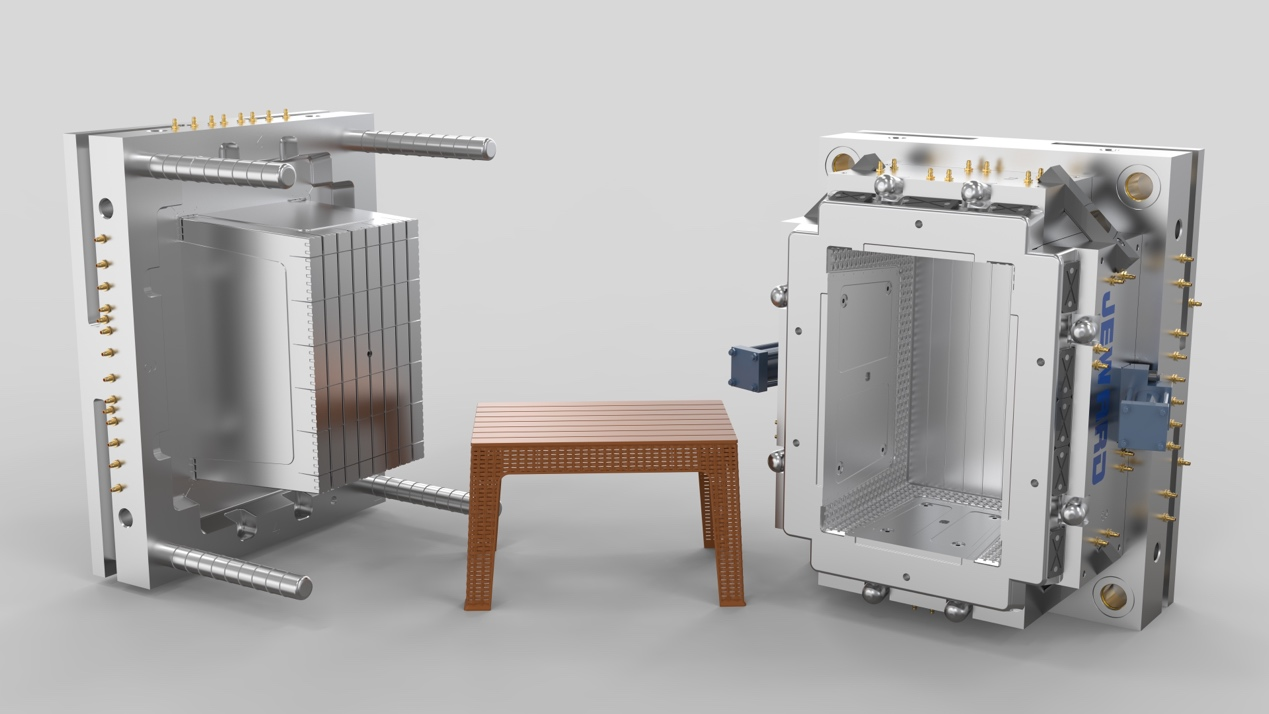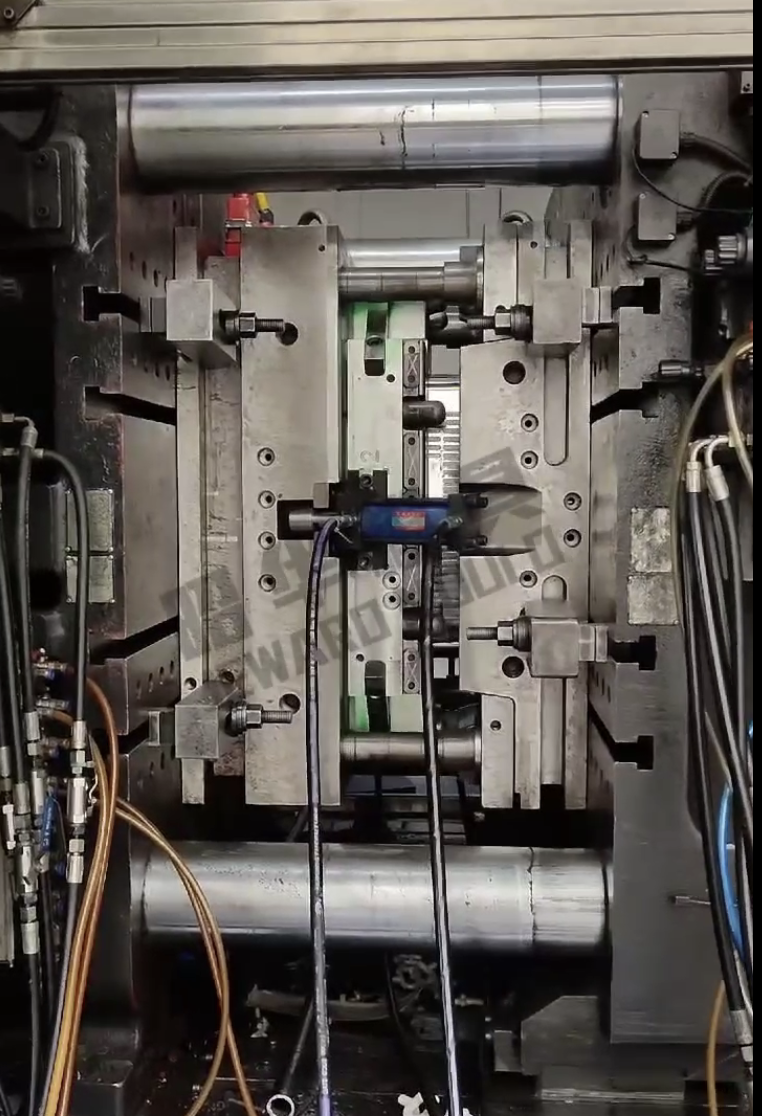Embarking on a journey through the intricacies of injection molding, we unravel the tale of transforming raw materials into precision-crafted components that power our modern world. Injection molding, a dynamic manufacturing technique, weaves a narrative of innovation and efficiency. From the foundational steps of mold creation to the specialized techniques shaping industries, this exploration delves into the heart of how injection molding has become the driving force behind the mass production of everything from everyday consumer goods to cutting-edge automotive components. Join us as we navigate this world where molten plastic takes on myriad forms, and where each injection marks a step towards creating the products that define our technological landscape.
Injection molding is a highly versatile manufacturing process widely employed to produce an extensive array of plastic components and products. The method involves the injection of molten plastic material into a precisely crafted mold, where it solidifies and takes on the desired shape. The process begins with the creation of a mold, typically made of metal, designed to reflect the final product's configuration. Plastic pellets are then melted and injected into the mold under high pressure. The material cools and solidifies within the mold, and once set, the mold opens, and the newly formed plastic part is ejected. Renowned for its efficiency, repeatability, and ability to produce intricate details, injection molding finds applications across various industries, from automotive and electronics to consumer goods, owing to its capacity for high-volume production with consistent quality.

How does an injection mold work? The operation of an injection mold involves a series of systematic steps within the plastic injection molding process. First, a mold is designed to represent the final shape of the desired plastic product. This mold typically comprises two halves, a core, and a cavity, and is often constructed from durable materials like steel or aluminum. The mold is then clamped shut, and plastic pellets, usually composed of polymers such as polyethylene or polypropylene, are fed into the machine's hopper.
The plastic pellets are heated until they melt, forming a molten substance. This molten plastic is injected into the mold cavity under high pressure. The high pressure ensures that the molten plastic fills the entire mold, taking on the precise shape of the mold's interior. Once injected, the molten plastic cools and solidifies within the mold. The cooling time is crucial for achieving the desired properties and dimensions of the final product.
After the plastic has solidified, the mold opens, and the newly formed plastic part is ejected using ejector pins or other mechanisms. The mold is then ready for the next injection cycle. This process, known as injection molding, enables the efficient and precise mass production of a wide range of plastic components used in various industries.
Injection molding stands as a cornerstone in modern manufacturing, offering a diverse array of techniques tailored to meet specific production requirements. This versatile process has evolved to encompass various types, each finely tuned to address unique challenges and deliver specialized outcomes. From the ubiquity of plastic injection molding, which forms the backbone of mass production, to intricate methods like micro-injection molding for minuscule precision components, and overmolding for seamlessly combining materials, the landscape is rich and varied. There are some of popular types of injection molding.
Plastic Injection Molding: Involves the use of a reciprocating screw to melt and inject plastic into a mold cavity. The mold typically has two halves, the core, and the cavity, and can produce a wide variety of plastic parts, from small components to larger items like automotive panels. Plastic injection molding has high production efficiency, tight tolerances, and the ability to use a wide range of plastic materials.
Micro-Injection Molding: Requires specialized machines with precision controls to handle small shot sizes. The process demands high accuracy and control to produce tiny plastic parts often measured in micrometers. It is Ideal for intricate, small-scale components with high precision requirements.
Overmolding: It is a manufacturing method, involves injecting a secondary material over a primary substrate, often creating parts with varied materials or adding functional features like soft-touch grips. Applicable to plastics, rubber, and metals, it begins by placing the substrate in a closed mold. The secondary material bonds to the substrate, adopting the mold's shape. Benefits include material diversity, improved functionality, ergonomic enhancements, durability, and aesthetic options. Common in electronics, automotive, and medical device production, overmolding demands precision in material alignment and timing. Experienced manufacturers, especially in medical plastic production, are crucial for successful execution due to its complexity and product-specific suitability.
Insert Molding: Incorporates metal or plastic inserts into the mold before injection. The molten material surrounds the insert, creating a strong bond. Insert molding improves strength and durability by integrating different materials, reducing assembly steps.
Cube Molding: A multi-shot molding process where the mold rotates between shots, allowing for the molding of different materials on different surfaces of the part. Cube molding enables the production of complex parts with varying materials in a single molding cycle.
Die casting: Die casting is a precision manufacturing method where molten metal is injected into a mold under high pressure, yielding parts with precise dimensions and a smooth surface. It commonly employs non-ferrous metals like aluminum, zinc, and copper. Two variants, hot chamber and cold chamber, differ in the state of the metal during injection. Die casting offers speed and efficiency, producing high-quality components for industries like automotive and aerospace. While versatile and customizable, its cost, particularly for small runs, and potential for scrap production are considerations.
Metal Injection Molding: Blends fine metal powders with a binder material to create a feedstock, which is then injection molded. The molded part is subsequently debound and sintered to achieve final metal properties. This type of injection molding has high precision, net-shape manufacturing of small metal components with complex geometries.
3D Prototyping: 3D Prototyping utilizes additive manufacturing technologies such as Fused Deposition Modeling (FDM) or Stereolithography (SLA) to build prototypes layer by layer from digital models. It has rapid prototyping, allowing for quick design validation and iteration.

Plastic injection molding is a versatile manufacturing process widely employed across diverse industries due to its efficiency and flexibility. In this method, plastic pellets are melted and injected into a mold, forming a wide range of plastic components. This process is extensively utilized in the production of items such as automotive parts, consumer goods, medical devices, electronic components, and packaging materials.
In the automotive industry, plastic injection molding is crucial for creating intricate and lightweight components, enhancing fuel efficiency and overall vehicle performance. In consumer goods, it enables the mass production of items like toys, containers, and household appliances. Medical devices benefit from the precision and consistency of plastic injection molding, ensuring the production of reliable and sterile components. Electronic components, ranging from casings to connectors, are efficiently manufactured using this method. Additionally, the packaging industry relies on plastic injection molding to produce cost-effective and customized packaging solutions.
The adaptability, speed, and cost-effectiveness of plastic injection molding make it a preferred choice for manufacturers seeking reliable and efficient mass production of high-quality plastic components across a multitude of applications.
| Injection Molding Type | Features | Applications | Special Considerations |
| Plastic Injection Molding | Uses screw to inject plastic for diverse parts. | Automotive components, consumer goods, medical devices, electronics, packaging materials. | Versatile with a wide range of plastic materials, suitable for mass production. |
| Micro-Injection Molding | Specialized for tiny plastic parts. | Medical devices, electronics, micro-optics. | Demands high accuracy and control due to the miniature scale of components. |
| Overmolding | Injects secondary material for varied parts. | Electronics, automotive, medical devices. | Precision in material alignment and timing is crucial. Experienced manufacturers are essential for success. |
| Insert Molding | Integrates inserts for stronger parts. | Automotive, electronics, consumer goods. | Reduces assembly steps and enhances part strength through material integration. |
| Cube Molding | Rotates mold for diverse material parts. | Complex part production with varying materials. | Allows for diverse material combinations in a single molding cycle. |
| Die Casting | High-pressure injection for metal parts. | Automotive, aerospace, electrical components. | Versatile with non-ferrous metals, fast production, but can be costly for small runs. |
| Metal Injection Molding | Blends metal powders for complex parts. | Small metal components with complex geometries. | High precision, net-shape manufacturing of metal parts. |
| 3D Prototyping | Layers for rapid prototype production. | Rapid prototyping for design validation and iteration. | Ideal for quick turnaround in product development. |
Injection molding, a fundamental technology with a rich tapestry of specialized techniques, continues to shape the manufacturing landscape. From producing intricate components with plastic injection molding to crafting complex metal parts through die casting and metal injection molding, each technique contributes to the efficiency and precision demanded by modern industries. As we navigate through the world of injection molding, its adaptability, speed, and cost-effectiveness emerge as driving factors, cementing its position as a cornerstone in contemporary manufacturing.
